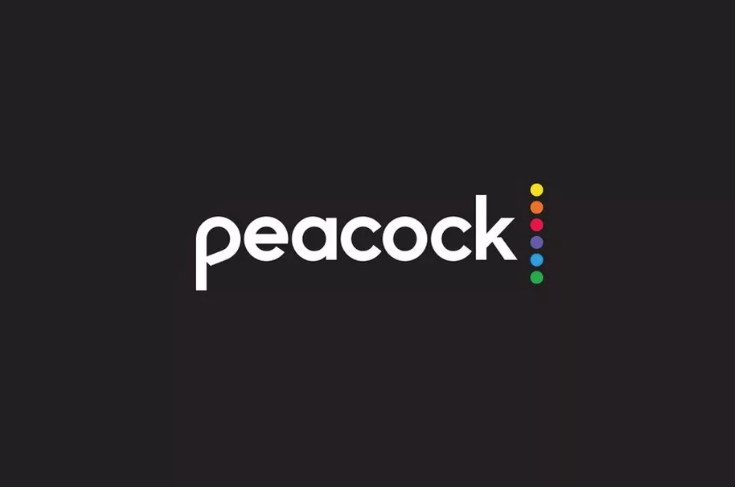Slow and Steady Wins the Streaming Race

With its Peacock Investor Day slated for Jan. 16, Comcast is expected to offer the analyst community a deeper look into its plans for the streaming service. But according to Barclays media analyst Kannan Venkateshwar, long time observers of the cable operator should know that it has been setting the stage for its entry into streaming for a decade.
That, wrote Venkateshwar, is a big departure from other companies who rushed into the streaming space. For Comcast he wrote, the transition to streaming has been through a series of slow and deliberate strategic moves.
The first sign of that strategy came in 2009, when Comcast’s first announced its intention to buy a 51% interest in NBCUniversal in 2009. It took Comcast about two years to clear the regulatory hurdles of that transaction and the cable operator bought the rest by 2013.
Venkateshwar wrote that Comcast bought content at the trough -- around the time Time Warner was splitting its cable and content businesses -- not at its peak like some recent services like Disney+. Fast forward to last year when everyone was scrambling to create its own streaming service, Comcast instead sold its stake in Hulu to Disney.
While Comcast had little input into Hulu (mainly a provision of getting regulatory approval for the NBCU purchase) the sale to Disney solved a couple of problems. For Disney, it gave that programming behemoth full control of a popular streaming platform. Comcast got a licensing deal for its content that was higher than what it was getting before, as well as a provision that Disney could buy out the stake for $27.5 billion by 2024.That last proviso, according to Barclays, provides the capital for Peacock, slated to debut in April.
“Fungibility of balance sheet sources and uses implies that proceeds from the sale of one domestic streaming service at a huge premium is being effectively used to fund a competing service with global scale,” Venkateshwar wrote.
Comcast has been stacking the deck for streaming services for years. It was one of the first cable operators to launch a skinny bundle in 2013, and three years later, in 2016 it integrated the Netflix app onto its set-tops. Along the way, the company has been selling streaming back-end services to third parties through its Comcast Technology Services unit and its advanced advertising unit FreeWheel counts several over-the-top services as clients.
Peacock, which is expected to include content from NBCU’s pay TV networks like The Office and original programming, will be free to Comcast subscribers and pay TV customers that pay for NBCU’s networks. The jury is still out as to whether the company will charge a nominal fee for an ad-free version to other subscribers or to make an ad-supported option available to all for free.
Venkateshwar estimates that Comcast would offer an ad-supported service free to its subscribers, and charge $4.99 and $6.99 per month to others for an ad-supported and ad-free service, respectively.
Whatever the ultimate configuration, Venkateshwar wrote that Comcast has already done the heavy lifting to enable the ability to bundle broadband access, hardware and content, spending about $10 billion in software capex since 2014, which helped it launch streaming broadband-only service called Flex.
The media giant’s purchase of Sky in 2018 also adds to the mix through that British satellite services’ NowTV platform, which is becoming the launch-pad for Peacock.
But there still are some doubts. Comcast CFO Mike Cavanagh said earlier last year that the company expects Peacock to break even in its fifth year, and Comcast is spending less than Disney on content (about $2 billion over two years vs. $3.2 billion for Disney +). But Peacock is expected to have more than three times the content-hours that Disney + has -- 15,000 hours vs. 4,700 hours for Disney. That could imply an over-reliance on lower cost library content like comedy shows, which could be a differentiating factor but also harken to an earlier failed streaming service, Seeso. Seeso shut down in 2017 after less than two years. According to some observers, the comedy-centric service failed because much of its content (SNL reruns, classic Monty Python bits and some originals) was available elsewhere and it likely would have been more profitable with an ad-supported model than a subscription model.
So far, it appears that Peacock is learning from those lessons. The answers, hopefully, will be revealed on Jan. 16.
Multichannel Newsletter
The smarter way to stay on top of the multichannel video marketplace. Sign up below.
